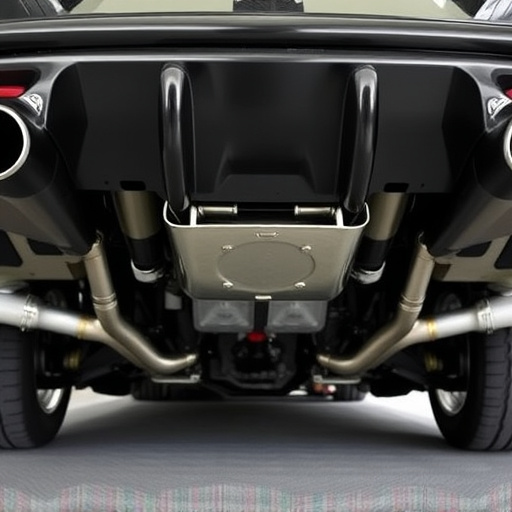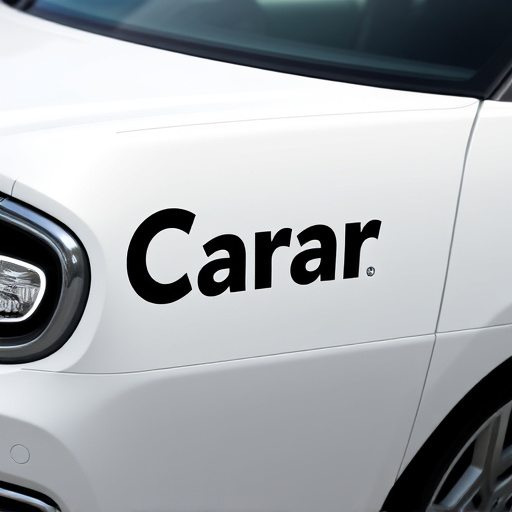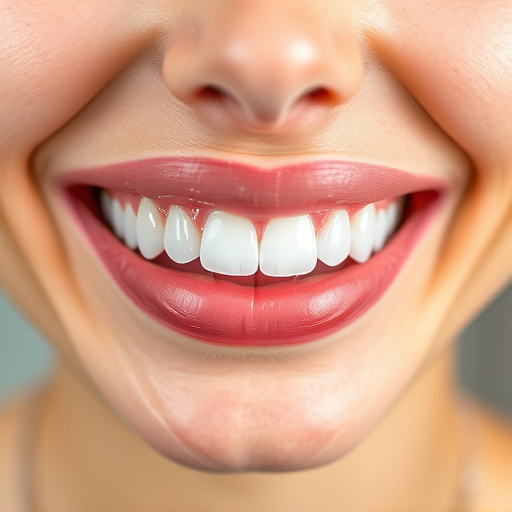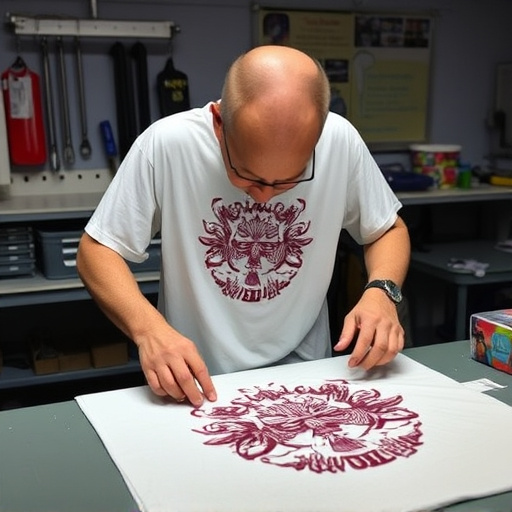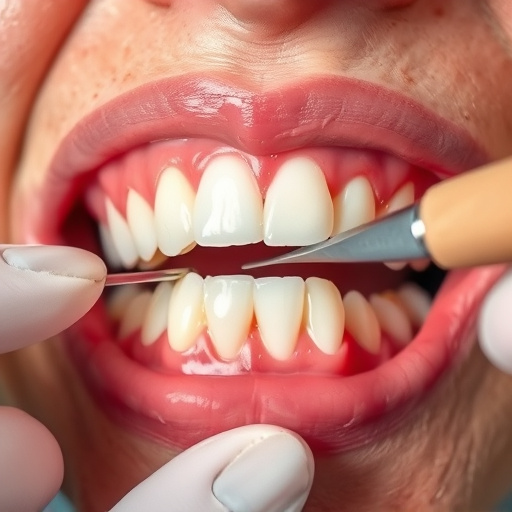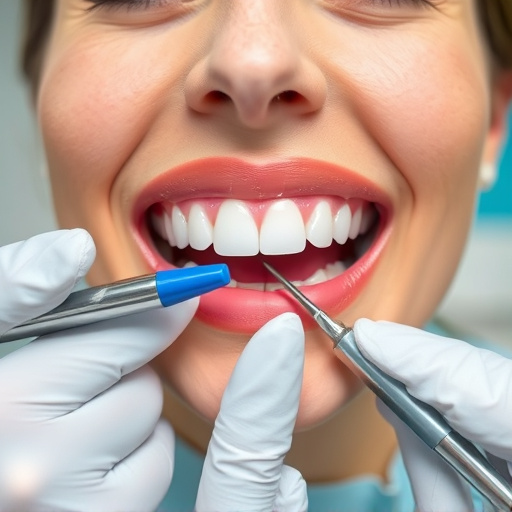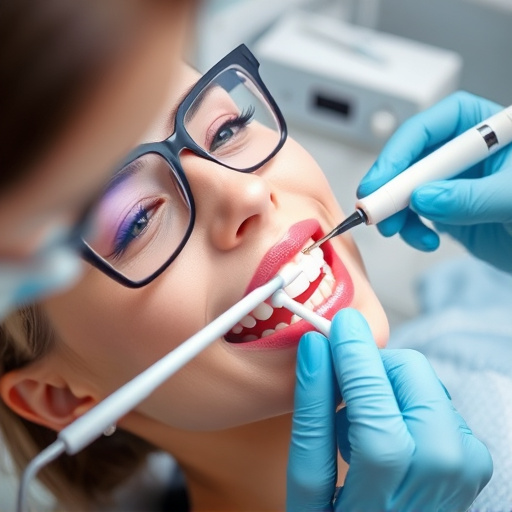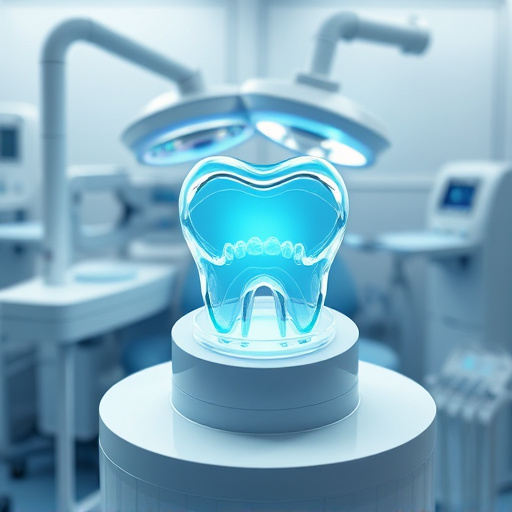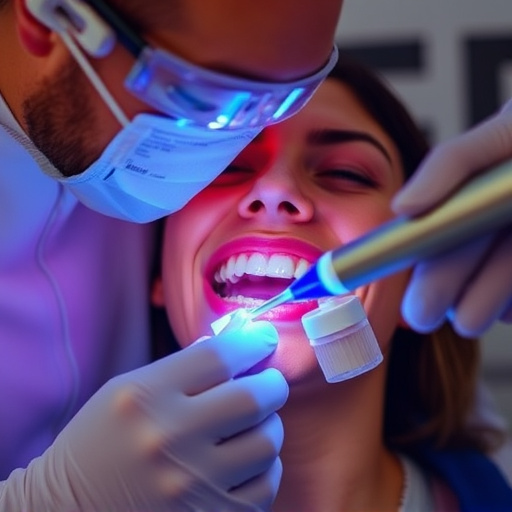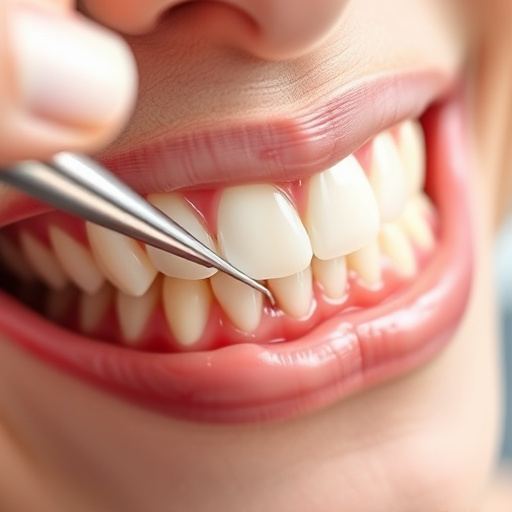Minimally invasive dentistry (MID) focuses on preserving natural tooth structure using advanced techniques like cosmetic fillings and laser dentistry. It reduces chair time, visit frequency, and patient anxiety for procedures from cleanings to dental implants. MID prioritizes comfort, efficiency, and long-term oral health management, transforming the dental care landscape for busy individuals, families, and children.
In today’s fast-paced world, time is a precious commodity. This is where minimally invasive dentistry steps in as a game-changer. By employing advanced techniques and tools, this approach revolutionizes dental care by significantly reducing chair time and visit frequency. Understanding these procedures and their benefits can transform the dental experience for both patients and practitioners. Embrace a new era of efficient, effective, and less disruptive dental healthcare with minimally invasive dentistry.
- Understanding Minimally Invasive Dental Procedures
- Benefits of Reduced Chair Time for Patients
- How Fewer Visits Improve Dental Care Experience
Understanding Minimally Invasive Dental Procedures
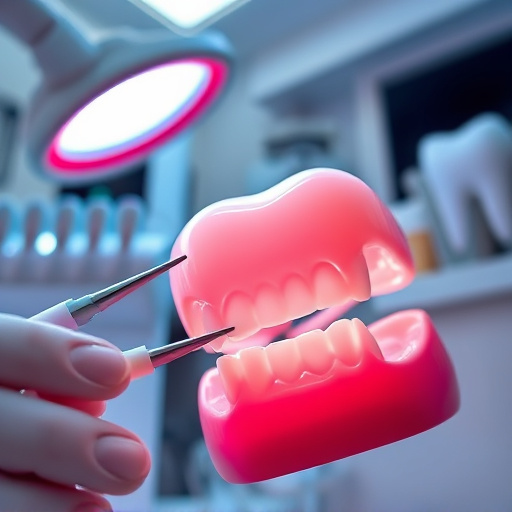
Minimally invasive dentistry (MID) is a modern approach that focuses on preserving as much natural tooth structure as possible while treating dental issues. Unlike traditional restorative methods, which often involve extensive drilling and removal of healthy enamel, MID uses advanced techniques to achieve long-lasting results with less damage to the tooth. This innovative approach includes procedures such as cosmetic fillings, which can repair small cavities using materials that mimic the strength and appearance of natural tooth structure. By limiting the amount of tooth alteration, these treatments reduce chair time and the need for frequent visits.
Additionally, MID encompasses a range of interventions, from routine dental cleanings to more complex procedures like dental implants. Cleanings under this framework utilize gentle yet effective techniques to remove plaque and tartar without aggressive scraping or filing. Dental implants, another aspect of minimally invasive dentistry, offer long-term solutions for missing teeth by integrating artificial roots into the jawbone, providing a sturdy foundation for natural-looking crowns. These treatments exemplify how MID prioritizes patient comfort, time efficiency, and the preservation of oral health.
Benefits of Reduced Chair Time for Patients
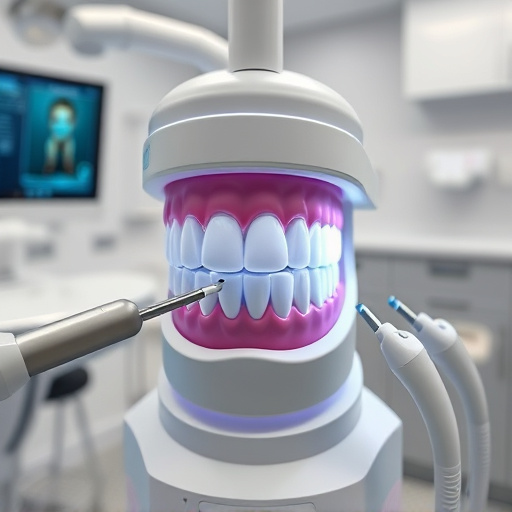
Minimally invasive dentistry offers a host of benefits for patients, most notably a significant reduction in chair time and number of visits required for treatment. This approach is particularly advantageous for busy individuals, families, and especially children’s dentistry practices, where time efficiency is paramount. By employing advanced technologies and techniques to diagnose and treat dental issues, such as detailed scanning, computer-aided design (CAD), and minimally invasive procedures like laser dentistry or micro-root canals, dentists can often achieve the same results with less extensive treatments.
The advantages extend beyond convenience; reduced chair time also translates to lower anxiety levels for patients, especially those who dread traditional teeth cleaning and dental work. Moreover, this approach can be more cost-effective in the long run by minimizing the need for repeated visits, making it a viable option for those seeking high-quality, efficient cosmetic fillings or other restorative treatments.
How Fewer Visits Improve Dental Care Experience
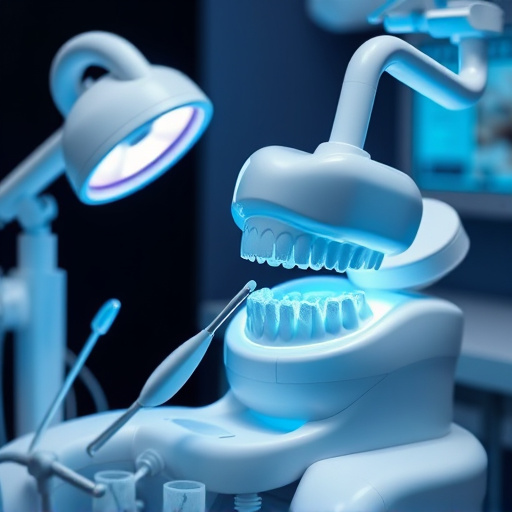
Fewer visits to the dentist’s chair significantly enhance the overall dental care experience for patients. Minimally invasive dentistry focuses on preserving healthy tooth structure by employing advanced techniques that reduce the need for extensive procedures in a single sitting. This approach is particularly beneficial when dealing with issues like wisdom tooth removal, where traditional methods often require multiple visits and longer recovery times.
By opting for minimally invasive procedures such as micro-ablation for dental fillings or laser dentistry, patients can say goodbye to lengthy chair time. These techniques not only expedite treatment but also ensure a more comfortable experience. Moreover, it allows dental professionals to provide comprehensive dental care without the usual associated stress and downtime, thereby fostering better patient satisfaction and adherence to long-term oral health management.
Minimally invasive dentistry offers a revolutionary approach to oral care, prioritizing patient comfort and efficiency. By employing advanced techniques that reduce chair time and visit frequency, this method enhances the overall dental experience. Patients benefit from less discomfort, faster recovery times, and improved access to regular check-ups and treatments, ultimately fostering better oral health management. Embracing minimally invasive dentistry is a step towards a more convenient, effective, and patient-centric dental care system.
